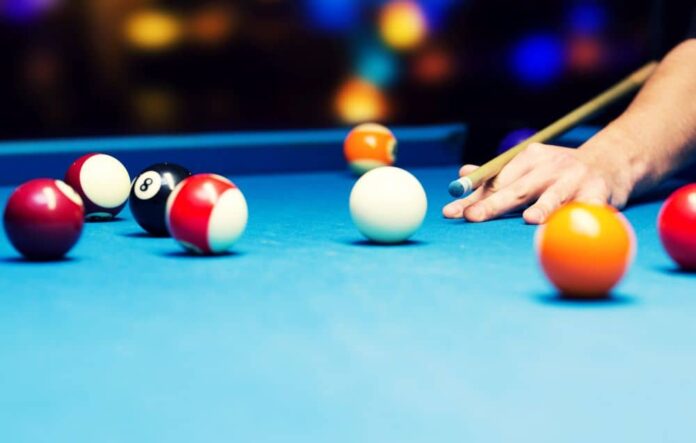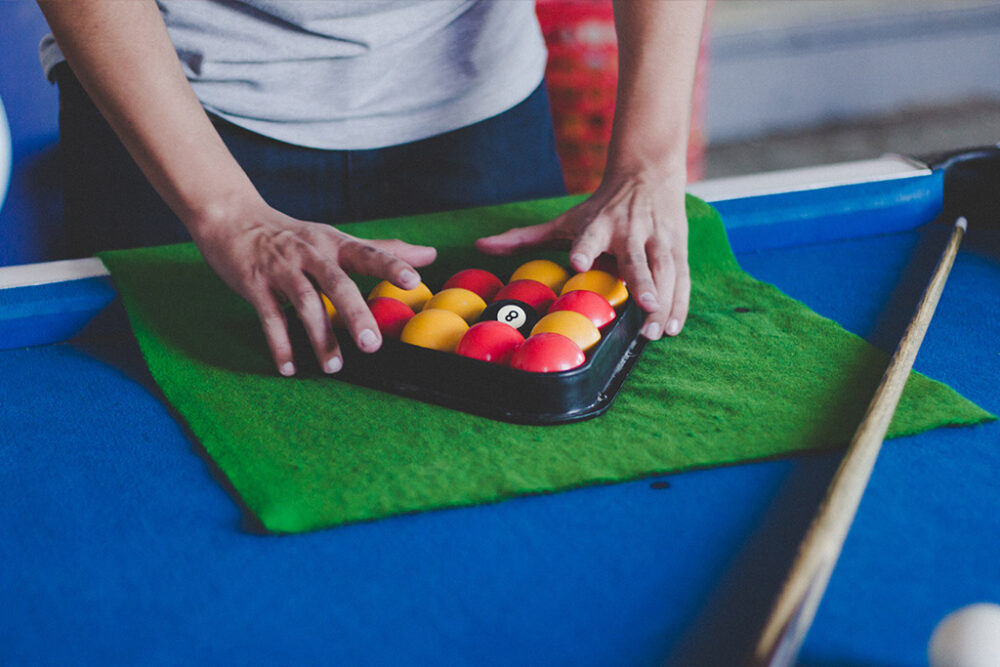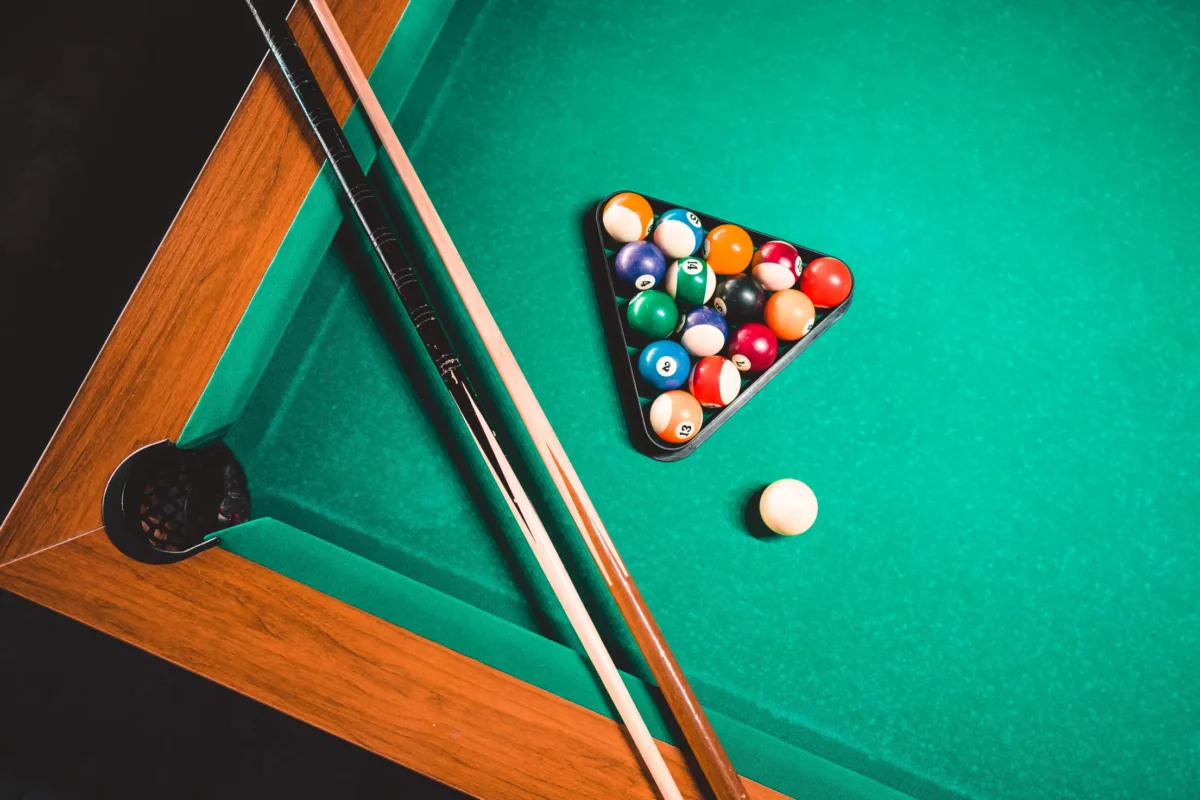
They are both incredibly popular cue sports to watch and play, but there are key differences between pool and snooker that newcomers may not be aware of.
Whether it’s the rules, the objective, or even the dimensions of the table, if you’re new to pool and/or snooker then you need to know what to expect prior to chalking up your cue.
The Key Tournaments

What’s interesting about snooker is that it is resolutely an individual sport, whereas pool’s most prestigious tournaments are typically team-based.
For aspiring snooker pros, there are three events that are more prized than any other: the World Championship, UK Championship and The Masters, which form the so-called ‘triple crown’ of the sport.
They carry more prestige and the biggest paycheques, while those who like a snooker bet or two benefit from players that are fully motivated to succeed. The snooker UK Championship odds confirm as much with the best in the business, including Judd Trump (+400), Ronnie O’Sullivan (+500) and Mark Selby (+800), set to battle.
Judd Trump is amongst some absolute greats!@SHendry775, @SteveSnooker, Ray Reardon and Ding Junhui are the only players to have previously won three consecutive ranking events.
An absolutely monumental achievement 👏#JuddTrump pic.twitter.com/73BJTyFMYJ
— World Snooker Tour (@WeAreWST) October 29, 202
In pool, meanwhile, there are individual events like the World Pool Championship and the US Open, but most of the attention is on the Mosconi Cup – which pits teams from Europe and the United States against one another – and the World Cup.
The Rules of Engagement

There is only one ‘type’ of snooker and therefore only one set of rules to learn.
The players take it in turns to try and pot a red ball, before going on to pot a color of their choice (which is replaced on its spot when potted), another red, and so on. This is called making a break, by connecting a sequence of reds and colors in a bid to make an insurmountable score, e.g. there are not enough balls on the table left for an opponent to catch up to your score.
Snooker has 15 red balls and then six colors: yellow, green, brown, blue, pink, and black. Once all of the reds have been potted, the remaining colors need to be despatched in the order outlined above.
As for pool, there are two main variants of the game: 8-ball and 9-ball.
The name ‘8-ball’ is confusing because there are actually 15 balls on the table: seven of one color (usually red), seven of another (typically yellow), and a black ball. A player breaks off and if they pot a ball, they adopt that color for the game. If no ball is potted from the break, the next player can choose which color to aim at – if they make a pot, that’s the color they must play with.
The idea in 8-ball pool is to pot your colored balls before finishing the game by potting the black – the first player to do so wins.
In 9-ball pool, there are nine colored and numbered balls, starting with the yellow number one, blue number two and so on right through to the nine-ball, which traditionally is yellow-and-white.
The idea is to pot the balls in numerical order and finish on the nine-ball to win the game, although there’s one major caveat: if you are on the one-ball, for example, hit it and then the nine-ball goes in, you are the winner – you can pot the nine-ball at any time, but you must hit your ‘object’ ball first.
The Table Dimensions
Both the snooker and pool table have six pockets each… but that’s where the similarities end.
A snooker table tends to have a thinner cloth, which makes the balls run faster and further, while its dimensions of 12ft in length and 6ft in width dwarfs the standard pool table, where the playing surface is typically 6ft long and 3ft wide.
The objective in snooker and pool is to pot as many balls as possible… although that’s pretty much where the similarities end!








